This article first appeared on AmmoLand News on March 4th, 2025, and appears here now with fresh updates.
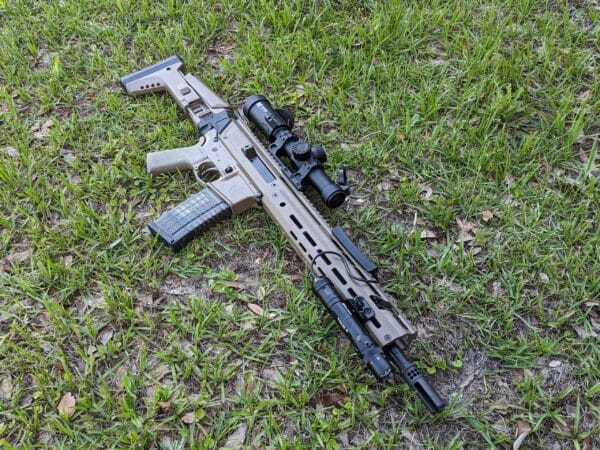
If you were to take a cursory glance at the semi-auto rifle market, it would appear that the direct impingement system rules, namely because of AR production. But is that really the case? If the direct impingement system is so great, why is only one gun that uses it still in production? What aren’t their more direct impingement guns? I would go as far as to ask, is the AR series even a direct impingement system? Is D.I. dead?
New D.I. rifles aren’t coming out. The modern semi-auto rifle market is comprised of various piston series. If a new rifle premieres, it’s likely to be some form of piston-based rifle. Why haven’t more D.I. guns hit the market?
Live Inventory Price Checker

|
PSA JAKL 16" 5.56 1:7 Nitride MOE SL EPT F5 Stock Rifle, Black | Palmetto State Armory | $ 1299.99 |
|
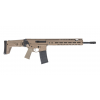
|
PSA JAKL 16" 5.56 1:7 Nitride MOE SL EPT F5 Stock Rifle, FDE | Palmetto State Armory | $ 1249.99 |
|
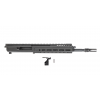
|
PSA JAKL Rifle Upper Assembly 13.7" 5.56 NATO 1:7 Nitride With BCG, Bolt Catch & Roll Pin, Smoke | Palmetto State Armory | $ 829.99 |
|
|
|
PSA JAKL 14.5" Rifle Length 5.56 1:7, 3 Prong, B&T, 1/2"-28 MOE SL EPT F5 G2 Stock Rifle, FDE | Palmetto State Armory | $ 1299.99 |
|
What Is Direct Impingement (D.I.)
Direct impingement systems are a neat concept. When you fire a cartridge, the projectile is propelled by gas. With a D.I. system, that gas is tapped by a gas port on the barrel. It’s redirected through a tube and blown directly against the bolt, bolt carrier, or slide assembly to cycle the firearm’s action.
No pistons are used or needed, creating a simple system. The original D.I. design dates back to the early days of self-loading rifles. The Rossignol ENT was the first D.I. rifle, designed in 1896. The rifle was never superbly reliable, and in this era, there wasn’t a big call for self-loading rifles.
The Swedish developed the Automatgevär m/42, aka the AG-42, a semi-automatic battle rifle using the direct impingement system. It served the Swedes from 1942 into the 1960s. The French MAS-49 was a post-war semi-auto rifle that used the D.I. system and served the French from 1951 until 1979.
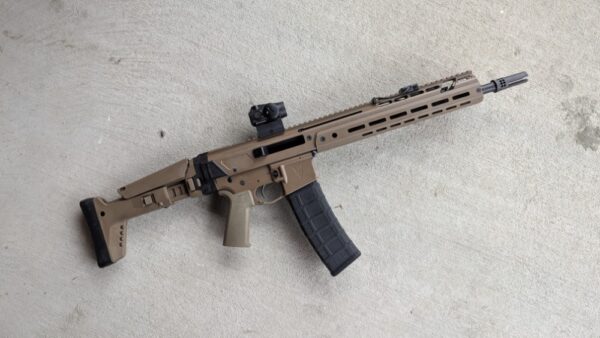
From there, the only thing that directs impingement is the AR design, but is the AR truly a direct-impingement gun?
Is the AR Design Really D.I.?
Forever and ever, we’ve called the AR-15 and AR-15 direct impingement guns. At first glance, they would certainly seem to be. They use a gas tube that taps gas from the barrel and directly hits the bolt carrier, so that makes it D.I., right? Well, it does do that, but it does not directly hit the bolt, bolt carrier, or slide.
Rather, the gas impacts a piston on the bolt carrier. Stoner’s patent mentions piston operation but never mentions direct impingement. In fact, he didn’t invent D.I., so he couldn’t have patented that operation.
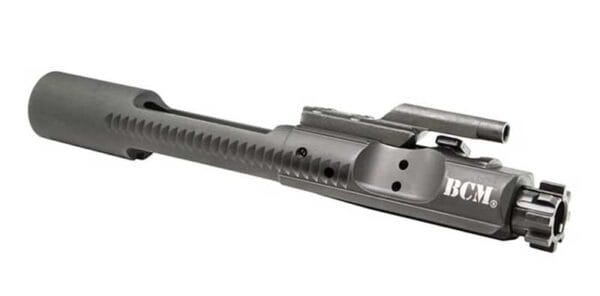
The AR uses an internal gas piston and isn’t direct impingement by the strict definition of the system of operation. It does have some direct impingement-like qualities, for sure, but it doesn’t meet the strictest definition.
It reminds of the Glock handguns. Glocks are partially cocked striker-fired pistols. We don’t call them double action, but the trigger finishes cocking the striker and releases the firing pin. The trigger is doing two things.
Benefits of Direct Impingement
When Eugene Stoner designed the AR-10, he wanted to make a lightweight rifle, and that’s one of the main advantages of direct impingement systems. While the AR is arguably not a D.I. rifle, it did use D.I. design cues to reduce weight. Pistons create weight and can even make the weapon a bit front-heavy.
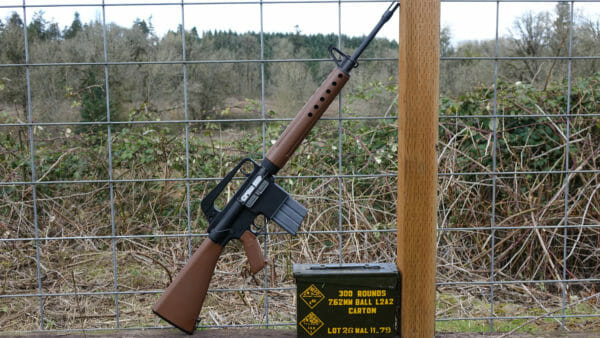
Pistons also create more complications, which create cost. Piston movement causes weapon movement, which can increase recoil and even decrease accuracy. A D.I. gun can be lighter, cheaper, easier to produce, have less recoil, and be more accurate.
A D.I. system does have some significant advantages, but there are also some downsides.
Downsides to Direct Impingement
The gas blowing directly against the bolt, bolt carrier, or slide means the rifle is fouling faster and more often. You are getting all the carbon and dirt sprayed back into the gun and the gun’s operating mechanism.
This hot gas also heats up the internal system. It gets hotter, way hotter, which can create additional friction as the metal expands. The increased friction of metal-on-metal action can wear a weapon down faster. D.I. guns require additional lubrication and cleaning to run reliably.
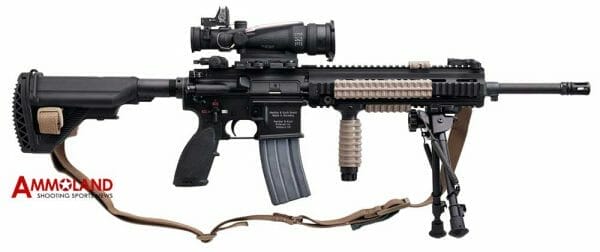
Arguably, the AR series mitigates some of this via a piston, but they are still dirtier guns. I was leaving the Marine Corps as the HK 416 was adopted as the M27 IAR. I spent a great many hours at the armory cleaning M16s and M4s, and the M27s were much easier and faster to clean compared to the AR-based system.
Additionally, it takes a little more time to balance a D.I.’s gas system for various barrel lengths and calibers. Dwell time, port size, and gas tube length are all factors that have to be considered when changing the barrel length. Other systems, namely gas piston systems, make this a simpler task.
Is D.I. Dead?
If the AR-15 isn’t a true direct impingement rifle, can we argue that D.I. is dead? Are there any other systems that aren’t MILSURP looking to use the D.I. system? Even the Stoner internal pistol doesn’t seem to have made much progress. This is likely because the AR-15 is already a fantastic, modular example of the Stoner internal piston.
Piston systems rule the current modern rifle market. Most guns use the short-stroke gas piston system, which is often just a derivative of the AR-18 design. The SCAR, the SIG MCX, the BREN, the ARX 160, and many more are using those short-stroke gas piston designs. Designs like the HK 416 also use a short-stroke gas piston design, but it’s not derived from the AR-18.

We also have a number of long-stroke gas piston designs on the rifle market. They are a little less common, but systems like the Tavor, the PWS UXR, and the PSA JAKL all use long-stroke gas piston systems.
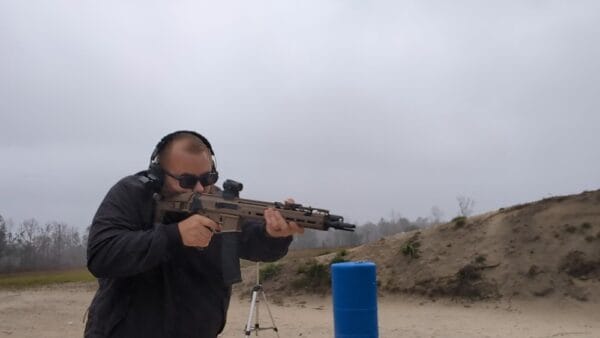
These systems work pretty well with varying barrel lengths without balancing the gas system. Suppressor use typically results in less blowback as well. There are several benefits to these systems. D.I. isn’t dying, and if we don’t consider the AR to be a true D.I. system, then it’s been dead.
About Travis Pike
Travis Pike is a former Marine Machine Gunner, a lifelong firearms enthusiast, and now a regular guy who likes to shoot, write, and find ways to combine the two. He holds an NRA certification as a Basic Pistol Instructor and is the world’s Okayest firearm’s instructor.


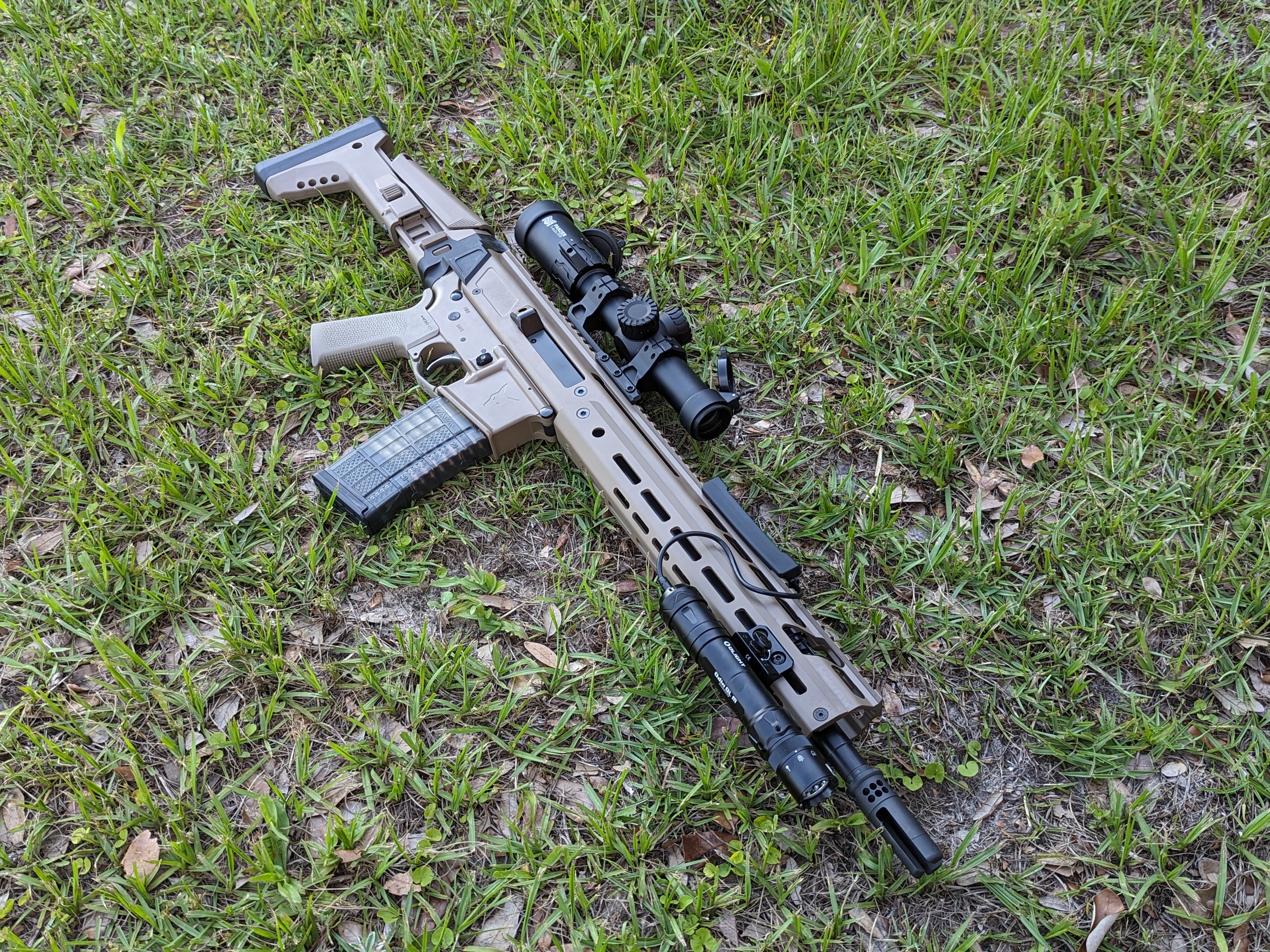
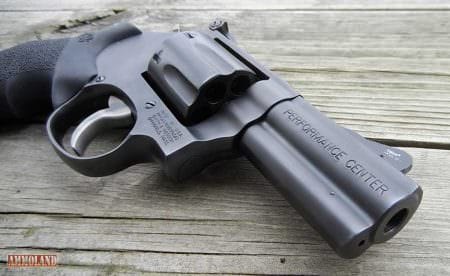

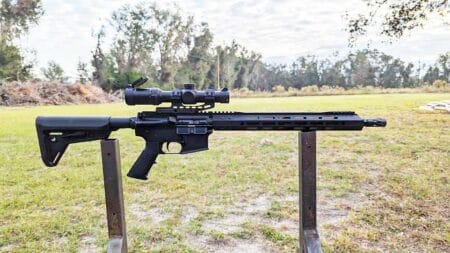
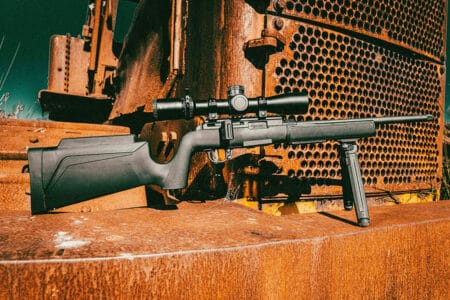
Direct Impingement AR’s aren’t “dead”, they’re alive and kicking…
I don’t think DI is dead. I think piston guns are the new cool thing, certainly not without benefits, but I think DI will be mainstream for a very long time.
I think you’re just trying to gaslight readers/buyers Mr. Pike.
Not only is the DI system not dead, it is alive and thriving.
10 years ago the mania of “Pi$ton Drive!“ For AR-15‘s was the newest/bestest/more expensive thing. Each manufacturer had their own proprietary pi$ton.Now they’re dead.☠️
I’m a service rifle competitor, and closely watch with the Army and Marine rifle team show up with at the national matches at Camp Perry, Ohio every year.
They BOTH use DI guns. And the top trophies go back-and-forth between them. It sounds like you’re trying to shill more expensive pi$ton drive guns.
I’ll stick with Mr. Stoner’s AR15 and its internal piston mechanism. It works. And works well.
What I would be interested in knowing is how the Ukrainian army would rank the wide variety of rifles it has used through out the orc invasion with pros and cons and the pick of the litter.
I love the m 14 still have mine yes it is registered , still a wood and steal kind of guy
Travis Pike, you are a twit. DI gas system rifles are still state-of-the -art; unlike your cheesy, fluff-piece articles. You are as bad as AI.
Internal piston AR15’s and AR10’s, M16’s, M4’s, etc, keep being made, keep being bought, keep being used. When it comes to the more specialized end of things, no one seems to complain about the M110, or Mk12, or Mk18 either. And why are there reports coming out that special forces are keeping their M4A1’s and NOT using the Sig M7?… If they get so dirty so fast, and so hot, then why does the M4 beat the AK in EVERY destruction test EVERY time? Internal piston rifles tend to be more accurate, as the lack of an external piston helps… Read more »
The AR platform is not a DI system.I thought this had been cleared up years ago. It is a piston system, an internal piston. The bolt is the piston with a charged chamber.The AG-42, semi-automatic is a DI system. The external piston collects carbon the same way only in a different area. The internal piston will also blow any ingress out of the ejection port by its design, unlike the external piston that doesn’t. This is why the AR internal piston is more reliable than any external piston (including the AK) in mud test.
Hey yall.